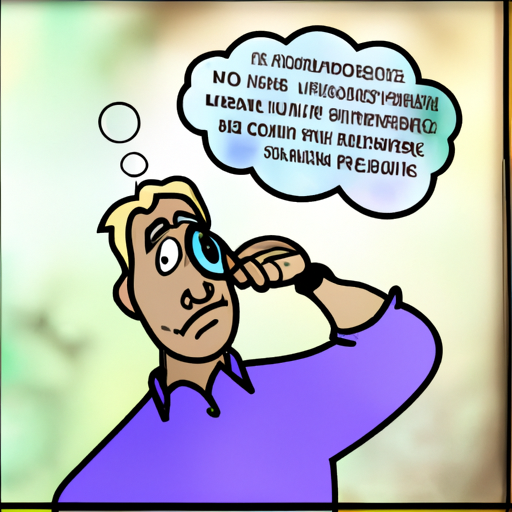As a dog owner, you’ve probably noticed your furry friend occasionally making a strange, snorting noise that might even cause you to panic. This phenomenon, known as a reverse sneeze, is quite common among canines. This article will discuss in detail what triggers reverse sneezing in dogs, the symptoms, how it can be handled, and when to consult a vet.
Table of Contents
– What is a Reverse Sneeze?
– Causes of Reverse Sneezing in Dogs
– Symptoms of Reverse Sneezing
– How to Handle a Reverse Sneezing Episode
– When to Consult a Vet
– FAQs
Key Takeaways
– Reverse sneezing is a common, usually harmless phenomenon in dogs.
– It can be triggered by a variety of factors, including irritants, excitement, or overactivity.
– Most episodes can be handled at home with simple techniques.
– Consult a vet if the episodes become frequent or are accompanied by other symptoms.
What is a Reverse Sneeze?
A reverse sneeze, technically known as pharyngeal gag reflex, is a common respiratory event in dogs. It’s called a ‘reverse sneeze’ because it involves a rapid and repeated forced inhalation through the nose, contrasted with a regular sneeze where air is forced out. These episodes can last from a few seconds to a minute.
Causes of Reverse Sneezing in Dogs
Though the exact cause of a reverse sneeze is not always easy to determine, several factors can trigger it:
- Irritants: Just like humans, dogs can sneeze due to a variety of irritants like dust, perfumes, cleaning products, or pollen.
- Excitement or Overactivity: Sometimes, getting too excited or engaging in vigorous play can trigger a reverse sneezing episode.
- Pulling on the Leash: If the leash is pulled too hard, it can cause pressure on the dog’s neck and throat, potentially leading to a reverse sneeze.
- Eating or Drinking: Ingesting food or water too quickly can sometimes stimulate a reverse sneeze.
According to American Kennel Club, it’s also more common in small dog breeds like the Beagle and Brachycephalic breeds like Bulldogs due to their shorter snouts.
Symptoms of Reverse Sneezing
The main symptom of a reverse sneeze is a series of rapid, forceful inhales, usually accompanied by snorting or gagging sounds. The dog may also stand still, extend their neck and head, and appear to be in distress. However, they generally return to normal once the episode ends.
How to Handle a Reverse Sneezing Episode
While a reverse sneezing episode can seem scary, it’s usually not a cause for concern. Here are some steps you can take to help your dog:
- Stay Calm: Your dog can pick up on your anxiety, which might make the episode worse. So, stay calm and reassure your pet.
- Gently Stroke Their Throat: This can soothe the dog and potentially stop the reverse sneeze.
- Cover Their Nostrils: Briefly covering their nostrils can force your dog to swallow, which often helps end the episode.
For more tips on calming your dog during a reverse sneeze, check out this article.
When to Consult a Vet
While occasional reverse sneezing is generally not harmful, frequent episodes could indicate an underlying issue like allergies, a foreign body in the nose, or a respiratory infection. If you notice other symptoms like nasal discharge, difficulty breathing, or loss of appetite, contact your vet immediately. Here’s a guide on how to prepare for a vet visit.
FAQs
Q: Is reverse sneezing harmful to my dog?
A: No, reverse sneezing is generally not harmful. However, if episodes become frequent or are accompanied by other symptoms, consult your vet.
Q: Can I prevent my dog from reverse sneezing?
A: It’s not always possible to prevent reverse sneezing, but you can reduce the frequency by minimizing exposure to irritants and adjusting how you use the leash. For more preventive measures, read here.
Q: How long does a reverse sneezing episode last?
A: A reverse sneezing episode can last from a few seconds to a minute. If it lasts longer, consult your vet immediately.
In conclusion, while reverse sneezing in dogs can be unsettling to witness, it’s typically a harmless occurrence. However, consistent episodes or additional symptoms should prompt a visit to the vet to rule out more serious conditions.



